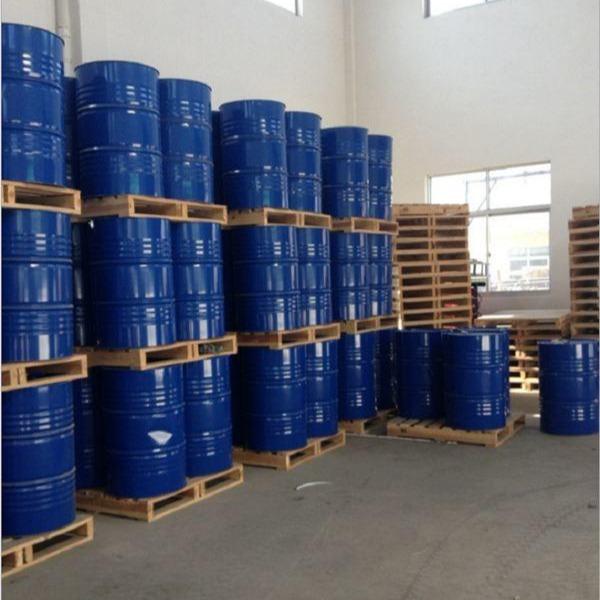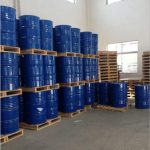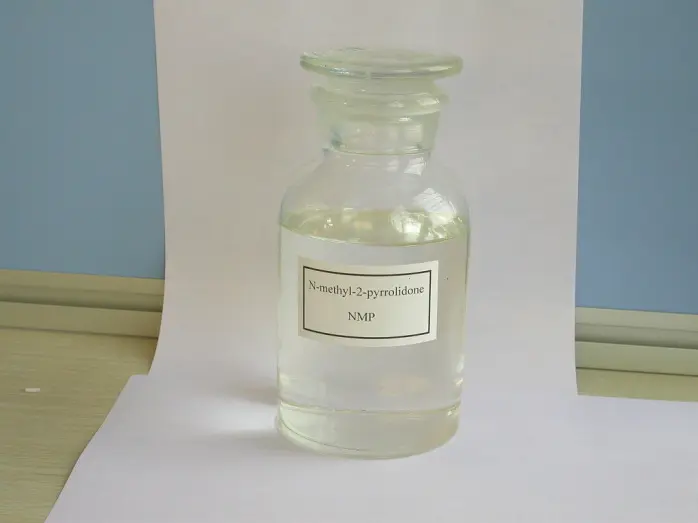
2-Mercaptoethanol
Properties
Colorless transparent liquid with special odor. Freezing point <100℃. Boiling point 157~158℃ (slightly decomposed), flash point 73℃, relative density 1.1143. Refractive index 1.4996. Soluble in water, organic solvents such as ethanol and ether, and miscible with benzene in any proportion. Viscosity (20℃) 3.43mPa.s.
Preparation method
Originated by the reaction of chloroethanol and sodium hydrosulfide. It can also be synthesized by the reaction of hydrogen sulfide and ethylene oxide. The catalyst used in the reaction is 717 strong alkaline anion exchange resin. The molar ratio of ethylene oxide to hydrogen sulfide is 1:3.5, the reaction temperature is (42±1)℃, and the tail gas negative pressure is (13 33±667) Pa. The crude product content is about 52%. The yield of pure product is about 55%. Excess hydrogen sulfide is absorbed by alkali to form sodium hydrosulfide, which is used to regenerate hydrogen sulfide for recycling.
Applications
Intermediate for organic synthesis, used in the synthesis of pesticides, medicines and dyes, etc.; also used as an additive in rubber, textile, plastic and coating industries.
Safety
Inhalation of the vapor of this product will initially cause motor excitement, followed by prolonged weakness, convulsions, slowed breathing and death. It is irritating to the skin and can be easily absorbed through the skin. Protective gloves and gas masks should be worn during operation. The oral LD50 for mice is 190 mg/kg and for rats is 224 mg/kg. The maximum allowable concentration in the air is 1 mg/m3.
Please refer to perchloromethyl mercaptan for packaging and storage methods of this product.







